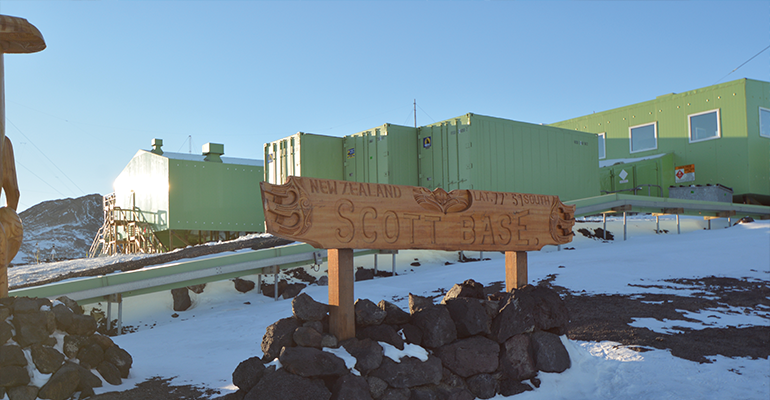- Earth System Modelling & Prediction
Research Programme
- Jono Conway
Bodeker Scientific - View the full team
Project Lead
-
Budget
$91,300 -
Duration
October 2017-September 2018
-
Completed project
Testing the NZESM through a single vertical column
Developing capacity in process assessment and improvement in NZESM through the use of the single column version of the model
Imagine that you’re standing at Scott Base in Antarctica. Look straight up into the atmosphere. Our project tested the accuracy of the NZ Earth System Model (NZESM) along this vertical column.

The NZESM is a powerful tool for simulating climate – but it’s very complex. Its mathematical formulae simulate many physical systems and all the ways they might interact with each other. Its scale and complexity makes it difficult to assess how accurately the NZESM represents the individual physical processes that comprise it. By running the NZESM on a single column with no horizontal dimension – instead of running it across the entire globe – we greatly reduced its complexity.
By focussing on this single column we could bring to bear all the complex physics of the NZESM on a small area, and more easily evaluate the reliability of the model. Running the model at this scale was much faster and far cheaper than the full NZESM, so we were able to do tests that would otherwise take years. We could iterate quickly, tweaking and testing the model to make it more accurate.
Our project benefitted from a rich suite of atmospheric measurements collected at sites around Scott Base – measurements of solar and thermal radiation at the earth’s surface, measurements of the temperature and concentration of gases through the vertical column, and measurements of clouds.
Our approach was that if the model could accurately replicate our observations, then we’d have confidence in its accuracy on a wider scale. If not, we could hone in on the problem and try to fix it. In this way, we developed an independent and cost-effective means to assess and validate physical processes against the NZESM.
This project in the media:
- New Zealand’s Next Top Model, New Zealand Geographic
- Breaking the ice, NIWA
-
Jono Conway
Bodeker Scientific -
Richard Querel
NIWA -
Jared Lewis
Bodeker Scientific -
Jordis Tradowsky
Bodeker Scientific -
Vidya Varma
NIWA